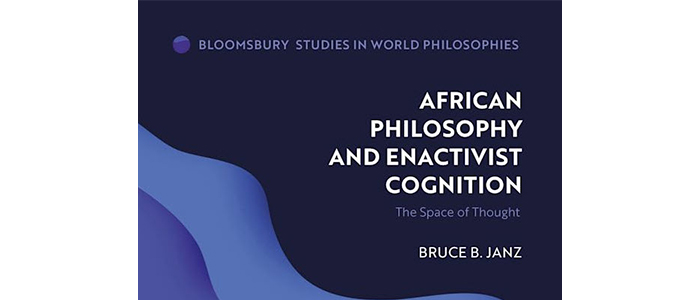From March 9, 2017
So, I find myself on a committee (I was “voluntold”), which is supposed to come up with ideas for arts and cultural involvement in the community. This is part of a new overall plan at my university which is mostly, as far as I can tell, driven by state government mandates to demonstrate the university’s usefulness to society in a quantifiable way. Metrics. So, various proposals are being floated, one of which is to increase people volunteering in the arts and measuring how much of that happens (or, I presume, what the increase in volunteerism looks like – growth is always the goal in everything). One suggestion was to link it to time off that the president has given to the university between Christmas and New Year for the past few years. It should be work time, for staff and other 12 month faculty at least, and he’s given people that time off as paid leave. So, that’s the context of some of my comments below, which were sent as a discussion piece to this committee.
What I’m interested in mainly is the way the arts are perceived in an exercise like this. Point 4 is the main one here, and it gets to the shift from a university of scholars to a managerial space, a more corporate space. If we are scholars, along with those who support scholarship and teaching, we do that first, and then find the ways to measure it, to the extent that can be done (and for some things, it might not be possible). If we are a corporate space, we start with the measurements (or, what can be measured), and do the things that can be measured.
As I have often said, it is the difference between creativity and productivity. The university of scholars is about the first, the corporatized space is about the second.
++++++++
1. It does seem like what’s driving this is that it can be measured easily. I understand that the mandate of the plan, as given by the state government, is to provide metrics for activity to demonstrate the usefulness of the university to society. Given that mandate, it makes sense to streamline the process as much as possible. However, as I mentioned in the meeting, constraining volunteering to what can be measured (and more, what can be measured in relation to the arts), may well limit or undermine other kinds of volunteering people do, and thus deprive other good causes of workers.
2. Volunteering for the arts in particular is an interesting issue. The arts are highly skills areas. It’s why we have programs to train artists on campus, as well as programs to train people in arts management. So, we might be imagining that there are volunteer opportunities there, that just aren’t. What an arts organization might really need are skilled workers in a particular area. My wife is the editor of a national literary magazine, and if you asked her, she wouldn’t need more volunteers, she would need people with a high skill set in things like web design, layout, and so forth. And, she would need a fairly long-term commitment from them, because training someone every term is more work than its worth.
3. Following on the last comment, if those opportunities aren’t already there, they would have to be created. If anyone here has run a volunteer force for anything, you will know that it’s actually a lot of work to do that. You have to have staff assigned to actually coordinate and direct those volunteers, otherwise they can end up doing more harm than good. I think many arts organizations could tell a similar story of the difficulties of handling a volunteer force, and the resources it takes.
4. This is, I guess, a more political point, but it does get to the question of what we think the place of arts in society is. For some, it is the extra whipped cream on top of everything else. It is not essential. It’s what you do after work, not for work. For others, it is an essential part of society, as worthy of respect as anything else. So, if we direct volunteers toward the arts, we’re taking one side of that debate – the first one. Could we imagine volunteers coming in to help an engineering company, or a dentist’s office? Or our jobs? Do volunteers implicitly reinforce the idea that the arts don’t really need skilled and professional people, paid for their time, but can be done by whoever is generous enough to help out?
5. So, to the idea of suggesting that people take a day at Christmas (or, I presume, an equivalent day at some point in the year – lots of stuff is just shut down at Christmas). This makes the contribution concrete, and I think that’s good. But while it might work for 12 month employees, it doesn’t really work for 9 month employees (i.e., most faculty). They don’t think of their jobs in terms of the hours (e.g., one 8 hour day), but in terms of the tasks they have to do. Faculty don’t really have “time off” at Christmas, if that means a change in what they would have done otherwise. Some professional societies run their meetings at that time. Many are doing course prep or research at that time. Some take a break or travel, it is true. So, making it concrete in this way wouldn’t really work. Worse than that, though, it would just be perceived as another burden, another mandate on an already too-full schedule, by many. Remember, 9 month employees have no vacation at all other than federally mandated holidays. Summers are not “time off”, they are unpaid time. It’s all about the tasks that have to be done, not the time put in.
6. It’s probably worth saying again that this committee’s mandate is to think about arts and culture. I interpret that as the arts and humanities, not just different ways of doing the arts. I think it’s within the spirit of this volunteer proposal that some of those people could work in humanities-related areas, but I think we’d have to be sure to include those. It always gets more press when there are events to focus on, and the arts tend to host events, whereas the humanities work that happens in the community may well be lower-key kinds of things.
I’m trying to think through the implications here. Again, this is not to say that people shouldn’t volunteer, or that the university shouldn’t be involved in that, or anything like that. I guess I’m wondering – can we find the things that people want to do, and figure out how to measure that, as opposed to figuring out what can be measured easily, and then designing something to fit that? In landscaping, there’s a well-known principle (its name escapes me) that you don’t lay walkways in a park for the first year or so. You look at where people are wearing a path, and you put it there. I know we’re on a short timeline here – we want instant results. I’m just concerned that the necessity of the quick result will stand in the way of the good result.





